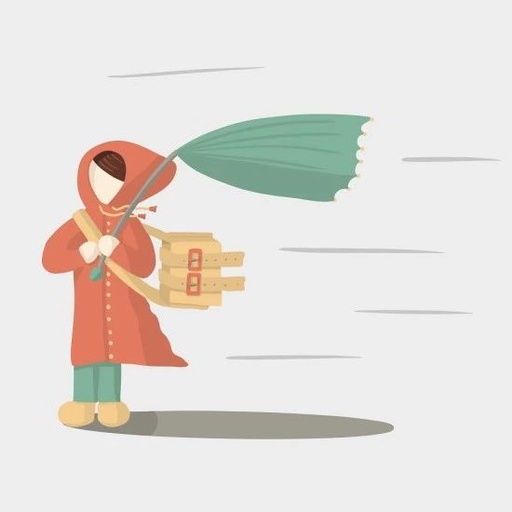
In Traditional Chinese Medicine (TCM), the causes of disease are discussed in the “Shang Han Lun” (Treatise on Cold Damage), which identifies three categories: internal causes, external causes, and causes that are neither internal nor external. External causes include the Six Excesses (Liuxin) and pestilential qi. The Six Excesses are wind (feng), cold (han), summer heat (shu), dampness (shi), dryness (zao), and fire (huo); pestilential qi refers to infectious diseases. Internal causes include the Seven Emotions, diet, and the balance of work and rest. This article focuses on the Six Excesses.
What is “excess qi”? The “Han Shu” (Book of Han) states, “Do not indulge in pleasure,” with the explanation that “excess (yin) means overdoing it.” The “Shijing” (Book of Songs) states, “Do not indulge in color,” which is interpreted as “excess means overdoing it, exceeding the limits is called excess.” Therefore, the meaning of excess is “overdoing.”
What does “Six Excesses” mean in TCM? The Six Excesses refer to the six types of external pathogenic factors: wind, cold, summer heat, dampness, dryness, and fire. These are climatic factors associated with the four seasons, but when climatic changes are abnormal, exceeding certain limits, or when they occur out of season (for example, cold in spring when it should be warm, or heat in autumn when it should be cool), these six qi can transform into harmful Six Excesses. At this time, if the body’s righteous qi is insufficient and resistance decreases, the Six qi can become pathogenic factors, invading the body and causing disease.
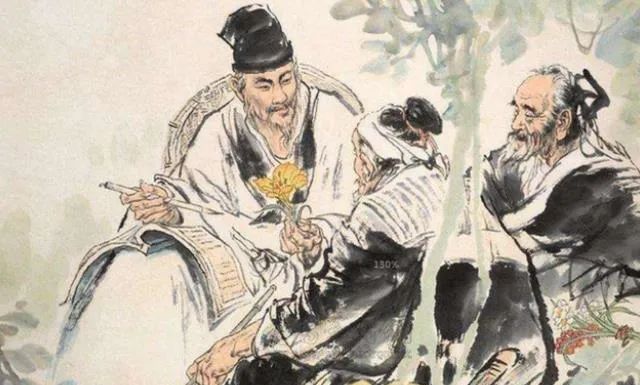
1. Common Characteristics of External Six Excesses
External Pathogenic:These external pathogenic factors typically invade the body through the skin and respiratory system. For example, when the weather is cold, cold qi can penetrate through the skin and respiratory system into the body’s meridians and organs.
Seasonal: The diseases caused by external Six Excesses often begin during specific time periods. For instance, in the windy spring, people are more susceptible to wind-related illnesses; in the hot summer, they are more prone to heat-related illnesses; in the dry autumn, lung diseases due to dryness are more common; and in the cold winter, wind-cold colds are more likely.
Regional: The Six Excesses are closely related to the region and environment where people live. For example, in the cold and dry northwest plateau, people are more susceptible to cold and dryness; in the humid southwest, people are more prone to dampness-related illnesses, such as rheumatism.
Combination: When the external Six Excesses invade the body, they often combine with each other. For example, summer heat often combines with dampness, hence the saying “summer must be combined with dampness”; wind is more likely to be accompanied by other pathogenic factors, such as wind-cold, wind-heat, and wind-dampness; dryness can combine with cold to form cool dryness, or with heat to become warm dryness.
Transformation: The Six Excesses can transform under certain conditions. The “Yi Zong Jin Jian” (Golden Mirror of Medicine) states: “Although the Six qi are the same, the diseases they cause can differ among individuals. This is because the body’s constitution varies, the qi can be strong or weak, and the organs can be cold or hot. The pathogenic factors received will transform according to the individual’s strong qi, resulting in different symptoms.” This explains why many people can be affected by the same pathogenic factor but exhibit different symptoms. For example, when dampness invades, one person with a cold constitution may show cold-damp symptoms, while another with a hot constitution may exhibit damp-heat symptoms.
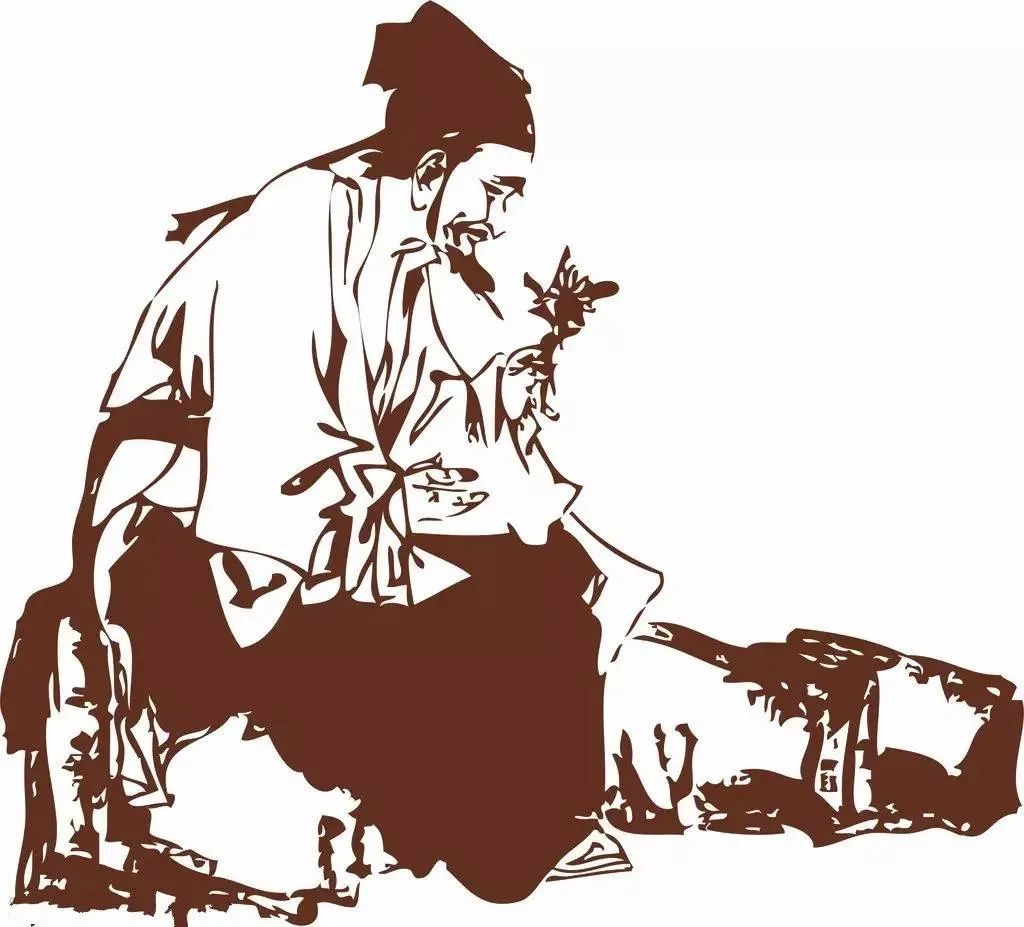
2. Characteristics of External Six Excesses
1) Wind Pathogen: The Source of All Diseases
Wind is the chief of all diseases. Wind pathogens can invade the body along with other pathogenic factors. When wind invades the body, it opens the pores, allowing other pathogens to enter. The “Lin Zheng Zhi Nan” (Clinical Guidelines) states: “Among the Six qi, only wind can combine with all five qi. If combined with cold, it is called wind-cold; with summer heat, it is wind-summer heat; with dampness, it is wind-damp; with dryness, it is wind-dry; and with fire, it is wind-fire. This is because wind can stir up these five qi to harm people, hence it is called the chief of all diseases.” Ancient texts even regarded wind as a general term for external pathogenic diseases, as stated in the “Su Wen” (Plain Questions): “Thus, wind is the beginning of all diseases.”
Wind is the dominant qi of spring, present in all seasons, but primarily in spring. As the chief of all diseases, wind is yang in nature, characterized by rising, outward movement, and instability. It is the most common and easily encountered pathogenic factor, causing a wide range of diseases. Diseases caused by wind invasion are termed external wind diseases. Wind diseases mainly include two types: those caused by natural wind invading the body and those caused by internal liver wind. Natural wind primarily invades the skin and lungs, with common symptoms including fever, aversion to wind, cough, nasal congestion, stroke, tetanus, and wind pain. These symptoms are most prevalent in spring but can occur in other seasons as well. Internal liver wind includes conditions such as blood deficiency, extreme heat generating wind, and liver yang transforming into wind, leading to symptoms like dizziness, tremors, and limb convulsions.
Clinical manifestations: External wind symptoms caused by internal wind include wind rash, wind-cold, and bi syndrome; internal wind symptoms include dizziness, tremors, limb numbness, and convulsions.
2) Cold Pathogen: Stagnation of Qi and Blood
Cold pathogens are external evils characterized by cold and condensation. In simple terms, they are cold and cool substances. Therefore, during the cold winter, as well as when exposed to rain, water, or cold food, one can easily be afflicted by cold pathogens.
Cold is yin in nature, characterized by contraction, pulling, and obstruction, which can easily harm yang and constrict the pores. Therefore, patients with cold diseases often experience cold limbs, aversion to cold, vomiting, body aches, and abdominal pain. The “Su Wen” states: “Pain is due to excessive cold; pain occurs because of cold.” Cold symptoms include both external and internal cold. External cold refers to the cold in nature invading the body, with external cold diseases mainly affecting the spleen and stomach, leading to symptoms such as vomiting, nausea, diarrhea, and abdominal pain due to the consumption of cold food. External cold can also cause cough, body aches, and joint pain. Internal cold refers to a weakened resistance and diminished yang, with internal cold diseases categorized into three types: upper jiao yang deficiency, middle jiao deficiency cold, and lower jiao deficiency cold.
Clinical manifestations: Pale complexion, cold limbs, pale lips and tongue, lack of thirst, spontaneous sweating, dizziness, loose stools, or early morning diarrhea, impotence, and infertility.
3) Damp Pathogen: Dampness Clings to the Body
Living in a damp environment, overconsumption of cold food, prolonged exposure to water, and getting wet can easily lead to dampness-related illnesses. Dampness is yin in nature and, upon entering the body, first affects the meridians, obstructing the flow of qi within the body’s meridians. The spleen prefers dryness and dislikes dampness; once the internal dampness exceeds the spleen’s ability to transform, the spleen begins to fail, leading to a series of symptoms such as diarrhea. Dampness is heavy and turbid; when dampness invades the body, one often feels heavy and fatigued, as if their limbs are wrapped in a wet towel.
Dampness is sticky; once a person is infected with dampness, the condition often lingers. For example, dampness can cause fever, with body temperature fluctuating and remaining elevated for a long time, and even after recovery, one may feel weak and prone to relapse. Dampness tends to flow downward and easily invades the yin areas, as dampness is water, which flows downward, leading to edema, with lower limb edema being a typical symptom.
Clinical manifestations: Aversion to cold, no sweat or little sweat, heavy head, body heaviness and soreness, fatigue in limbs, chest tightness, and lack of thirst.
4) Dryness Pathogen: Most Easily Harms the Lungs
Dryness is the dominant qi of autumn, so dryness symptoms are common in autumn, also known as autumn dryness. The characteristics of dryness are: dry and astringent, easily harming body fluids, just as rivers can dry up in hot weather. When dryness invades the body, it can excessively consume the body’s “rivers,” which are the body fluids.
Dryness most easily harms the lungs, which open to the nose and connect with the skin. Therefore, dryness can quickly invade through the mouth and nose, causing symptoms of dry body fluids, such as dry throat, dry mouth and nose, cough with little phlegm, and dry skin. Autumn weather can vary between hot and cool, leading to two types of dryness: cool dryness and warm dryness. In autumn, when there is prolonged sunny weather without rain, the external pathogen is often considered warm dryness, presenting with symptoms such as fever, slight aversion to wind and cold, cough with little phlegm, dry throat and nose, little sweat, headache, thirst, and a red tongue with a white coating. In late autumn, those affected by cool dryness exhibit symptoms such as fever, aversion to cold, no sweat, headache, nasal congestion, dry lips, dry throat, cough with clear phlegm, etc.
Clinical manifestations: External dryness with fever, slight aversion to wind and cold, headache; little sweat, dry mouth, dry cough with little or sticky phlegm, chest and rib pain, dry skin and nasal passages, thirst, and a red tongue with a thin white dry coating.
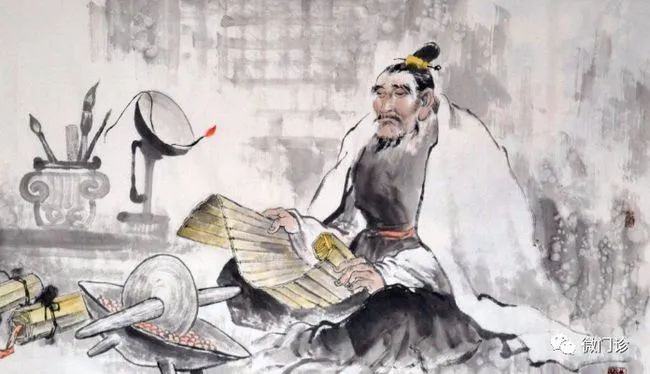
5) Heat (Fire) Pathogen: Consumes Yin and Blood
Fire pathogens are among the most common pathogenic factors in the Six Excesses. Fire is a yang heat pathogen, characterized by warmth and dryness, and is often acute. When infected by fire heat, it easily consumes yin and body fluids, leading to a series of pathological manifestations.
Fire pathogens generally arise from two factors: one is the invasion of warm heat pathogens into the body, and the other is the transformation of other five pathogens into fire. The characteristics of fire are extreme heat and upward inflammation, which can burn vessels and consume body fluids. Therefore, fire conditions often present with symptoms such as fever, irritability, red urine, hematemesis, thirst, and dry stools. Fire conditions are mainly divided into excess fire and deficient fire. Excess fire symptoms include fever, constipation, thirst, red complexion, red eyes, red tongue, irritability, hematuria, and hematochezia; deficient fire symptoms include flushed complexion, irritability, insomnia, dry mouth, short and red urine, dry cough, and a thin coating on the tongue.
Clinical manifestations: Deficient fire with fever, pale complexion with red cheeks, lips like painted red, dry mouth, dry throat, irritability, heat in palms and soles, dizziness, tinnitus, weakness in the waist and legs, steaming bone night sweats, nocturnal emissions, and constipation.
6) Summer Heat Pathogen: Consumes Body Fluids and Qi
Summer heat is a unique pathogen among the Six Excesses, specific to summer. In terms of heat intensity, summer heat is much more dangerous than general heat pathogens. The heat pathogens occurring from the summer solstice to the beginning of autumn are collectively referred to as summer heat. The “Su Wen” states: “The heat before the summer solstice is a warm disease, while the heat after the summer solstice is summer heat disease.”
Summer heat is yang in nature, characterized by heat, moisture, and dispersal. Therefore, patients with summer heat often experience high fever, dry mouth, excessive sweating, irritability, short and red urine, and loose stools. Depending on the severity of summer heat, it can be classified into summer heat injury and heat stroke. Summer heat injury is milder, caused by summer heat, with symptoms such as fever, dry mouth, fatigue, and excessive sweating; heat stroke is primarily caused by activity in high temperatures and direct sunlight, which can lead to fainting, cold sweat, rapid pulse, and weak pulse. Additionally, due to summer heat’s tendency to carry dampness, people are also prone to summer dampness diseases, with typical symptoms including weakness in the limbs, loose stools, yellow urine, loss of appetite, nausea, and chest tightness.
Clinical manifestations: Exposure to summer heat pathogens leads to qi consumption and body fluid depletion, primarily presenting with symptoms of fever, thirst, fatigue, shortness of breath, irritability, dizziness, profuse sweating, short yellow urine, and a red tongue with a yellow coating.
TCM Treatment for Six Excess Diseases
As seen above, the diseases caused by the Six Excesses are complex and difficult to completely avoid. If related symptoms occur, TCM treatment methods can address the root cause, leading to improvements from the inside out.
Based on the common mechanisms of external pathogenic diseases, a three-pronged treatment plan has been developed: body constitution adjustment + chronic disease management + TCM external application.
TCM Body Constitution Adjustment
Improving children’s constitution, balancing yin and yang within the body, regulating bodily functions, and enhancing physical fitness and disease resistance.
Elimination of Phlegm + Chronic Disease Management Techniques
National patented herbal medicine, combining treatment and nourishment, improving qi and blood circulation, regulating organ functions, and enhancing the digestive absorption capacity of the spleen and stomach, treating spleen and stomach diseases and chronic conditions.
Pure Herbal TCM External Application
Using targeted herbal formulas based on different causes for precise adjustments, with effects reaching the disease focus, strengthening the spleen and stomach, eliminating diseases, and enhancing health. No hormones, green, gentle, and non-irritating.
END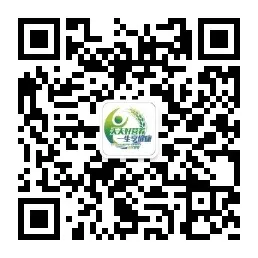

Disclaimer: The text and images are sourced from the internet; readers are advised to use them for reference only and verify the relevant content themselves. Thank you for reading. If there is any infringement, please contact us for removal. Thank you.

